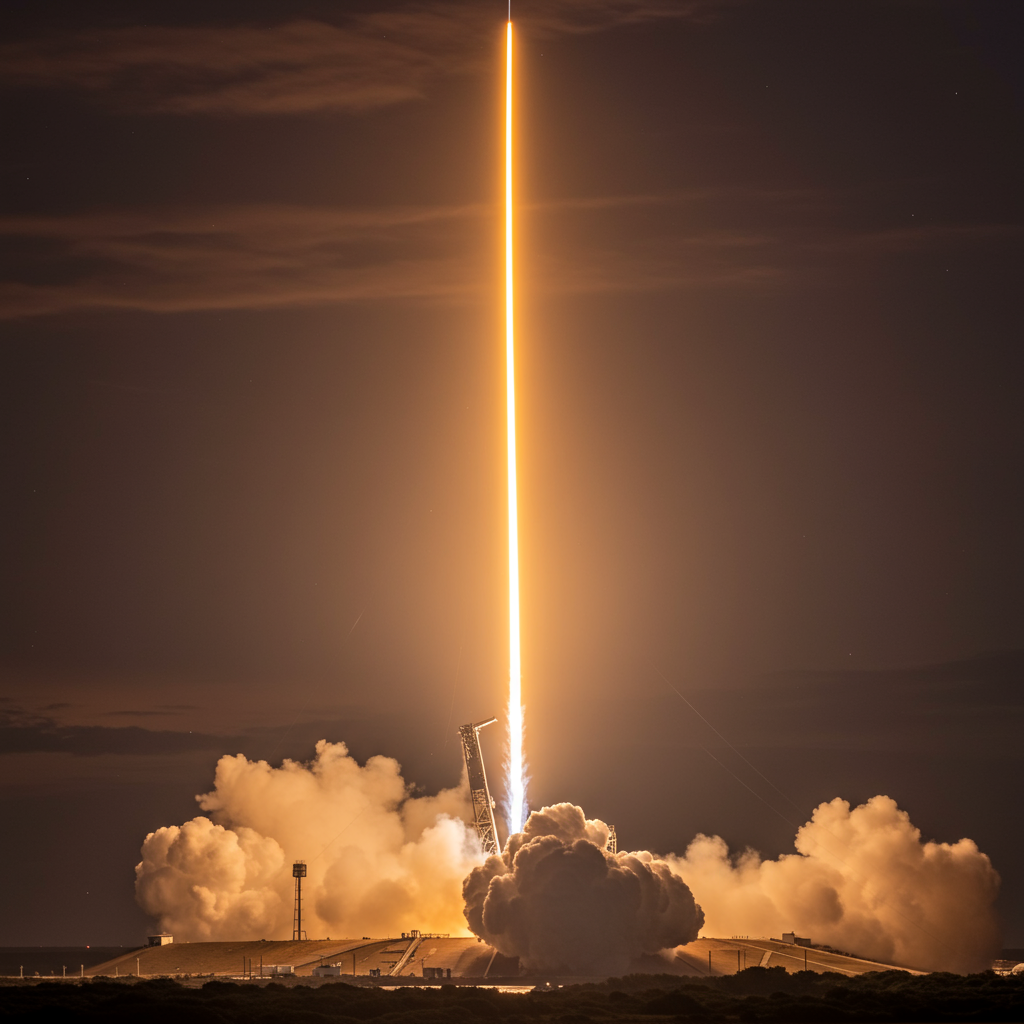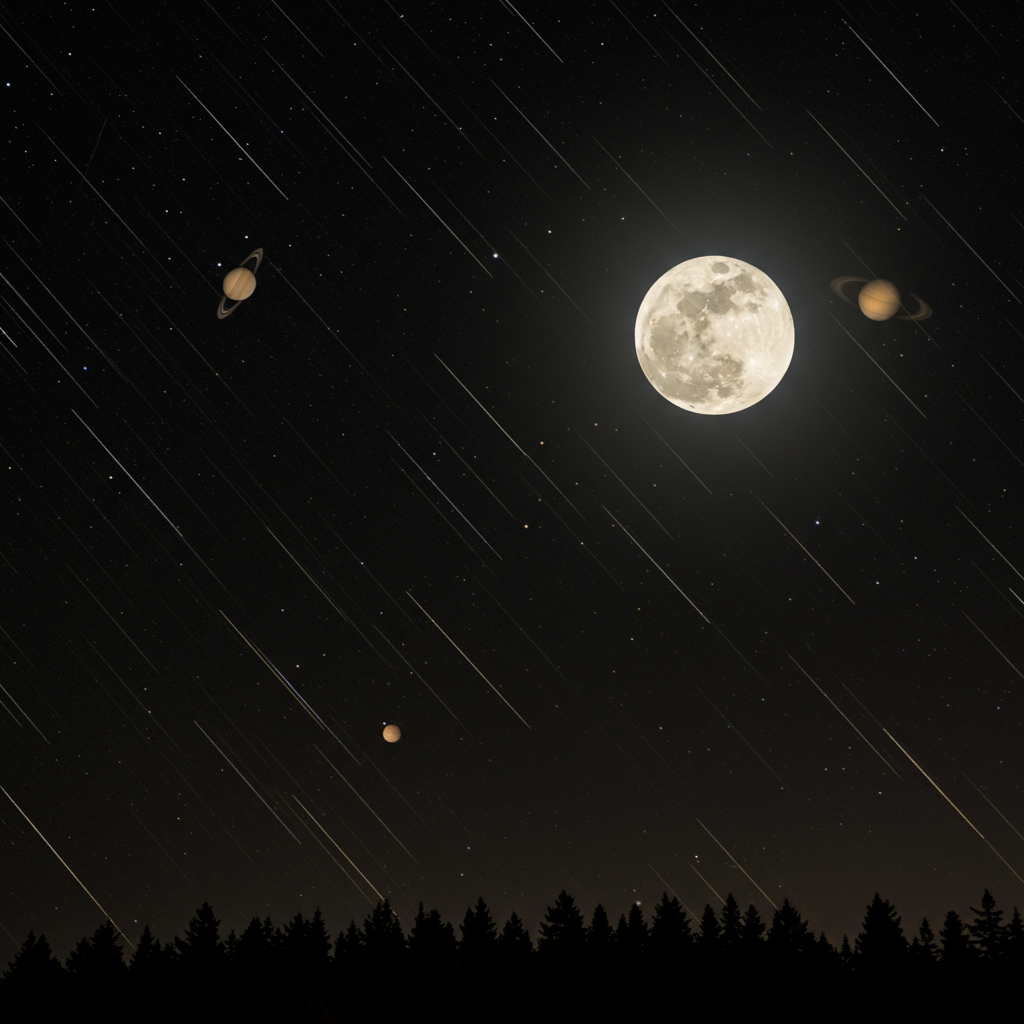Rubin Observatory: A Powerful New Eye on the Cosmos
The Vera C. Rubin Observatory, perched atop Cerro Pachón in Chile and equipped with the world’s largest digital camera, is set to revolutionize our understanding of the universe. Even before its full operational status, this cutting-edge facility has already demonstrated its incredible capabilities, making a stunningly rapid discovery: over 2,100 previously unknown asteroids in our solar system.
This initial haul was found during just its first few hours and days of observation – some reports pinpointing the discovery within as little as 10 hours of scanning time. To put this into perspective, astronomers have identified approximately one million asteroids over the past two centuries. Rubin’s initial finding represents a significant leap, hinting at the scale of discoveries yet to come.
Among the newly identified objects are seven classified as near-Earth asteroids (NEOs). While none of these specific seven pose an immediate threat, their discovery underscores the observatory’s critical role in planetary defense.
How Rubin Finds Asteroids So Quickly
The Vera C. Rubin Observatory isn’t just taking static pictures of the sky. Its core mission, the Legacy Survey of Space and Time (LSST), involves repeatedly scanning vast sections of the southern sky every three nights for a decade. This constant, sweeping observation allows the observatory to essentially create a colossal time-lapse movie of the night sky.
This approach is ideal for detecting dynamic celestial objects, particularly asteroids. Unlike distant stars and galaxies which appear relatively fixed, asteroids move against the background. Rubin’s advanced software analyzes the repeated scans, identifying the streaks left by these moving objects across multiple exposures. By tracking this motion precisely, the observatory can confirm and map the paths of new asteroids with unprecedented speed and accuracy. Scientists describe this capability as creating “movies” of asteroid movements, a significant advancement over traditional methods.
Transforming Solar System Science and Planetary Defense
The initial discovery of over 2,100 asteroids is just a “narrow slice” of what’s expected. Over the next decade, the Rubin Observatory is projected to discover as many as 5 million new asteroids, a fivefold increase in the total number known to humanity. This massive influx of data will fundamentally transform solar system science, effectively “rewriting the textbook” on our cosmic neighborhood.
Beyond sheer numbers, this data has crucial implications:
Planetary Defense: A key focus is identifying potentially hazardous asteroids that could come close to Earth. While large, dinosaur-extinction-level asteroids are known not to pose an immediate threat, the orbits of smaller asteroids are less certain. Rubin’s rapid detection and tracking capabilities will significantly accelerate the process of finding currently unknown threat-level NEOs, estimated to be about 60% of the potential population.
Understanding Dynamics: Tracking millions of asteroids will provide invaluable data on their orbital dynamics, helping scientists understand the formation and evolution of the solar system.
- Discovering Rare Objects: The survey is also expected to find asteroids with unusual characteristics, like tails resembling comets, and potentially even identify interstellar objects passing through our solar system.
- www.space.com
- www.newscientist.com
- www.wionews.com
- kottke.org
- m.economictimes.com
The Search for Planet Nine and Beyond
While asteroids are an early success, the Rubin Observatory has even grander ambitions. A major objective is the search for the hypothesized Planet Nine, a mysterious planet thought to exist in the far reaches of the solar system based on the gravitational influence observed on distant objects. With its ability to survey vast areas deeply and repeatedly, Rubin is considered the most likely instrument to find this elusive world, possibly within the next year.
The observatory’s reach extends far beyond our solar system. Its initial images have also captured stunning views of distant galaxies, including the Virgo Cluster, and vast fields containing millions of galaxies previously unobserved. These deep-space observations, alongside the solar system discoveries, highlight Rubin’s versatile power as a surveyor of the entire dynamic cosmos.
Honoring a Pioneer: Vera C. Rubin
The observatory is fittingly named in honor of American astronomer Vera C. Rubin (1928-2016). Rubin was a pioneering scientist whose groundbreaking work provided compelling evidence for the existence of dark matter, a mysterious substance that makes up a significant portion of the universe’s mass but does not interact with light. Her courage and perseverance in a field where women were historically underrepresented make her an inspirational figure, and the observatory serves as a lasting tribute to her revolutionary contributions to astronomy.
With its unparalleled speed and scope, the Vera C. Rubin Observatory is poised to usher in a new era of astronomical discovery, providing unprecedented insights into both the nearby objects in our solar system and the distant universe beyond.




